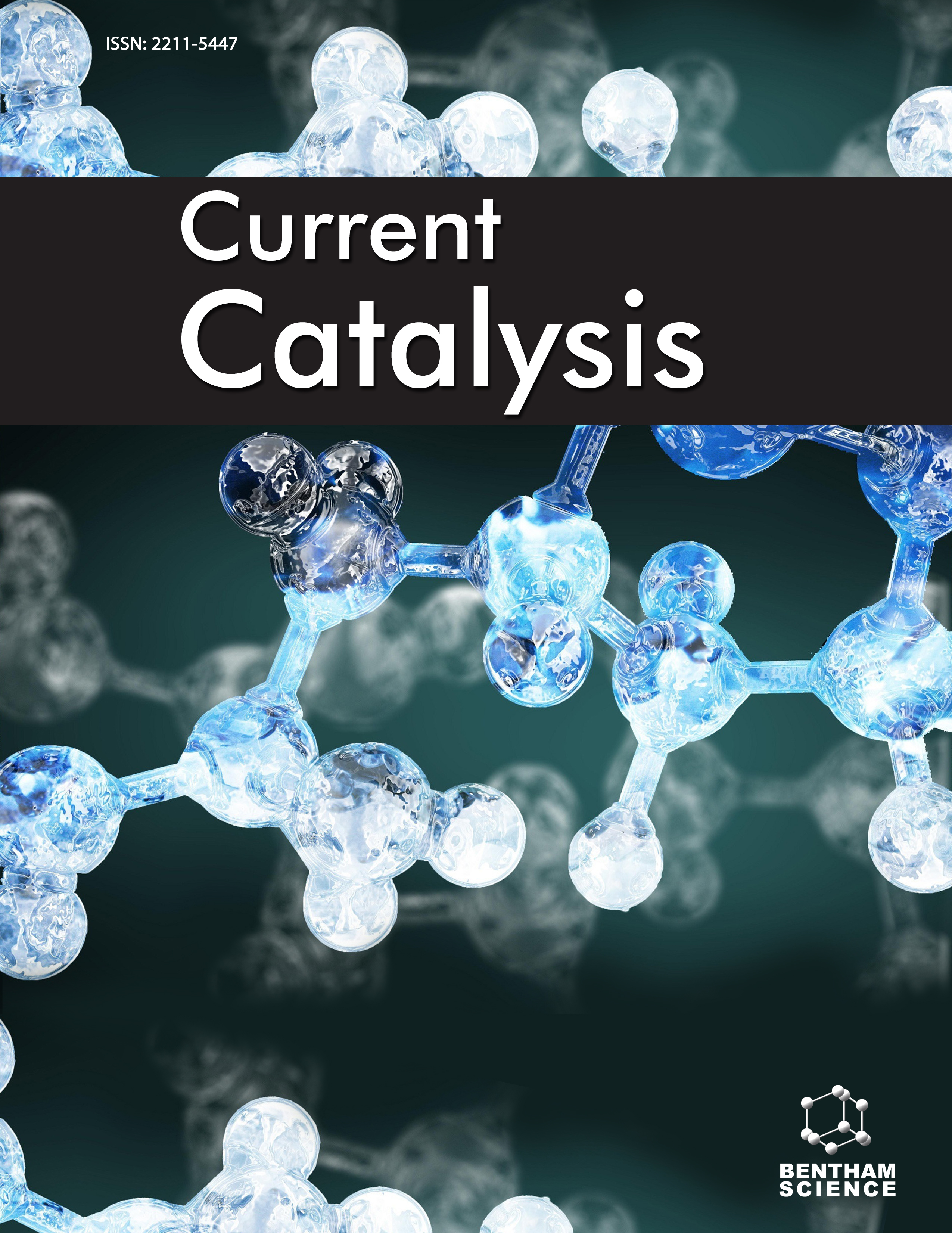- Home
- A-Z Publications
- Current Catalysis
- Previous Issues
- Volume 12, Issue 1, 2023
Current Catalysis - Volume 12, Issue 1, 2023
Volume 12, Issue 1, 2023
-
-
Photocatalytic Multi-Component Reactions: An Emerging Avenue
More LessAuthors: Sreekumar Ariya, Mohan Neetha and Gopinathan AnilkumarIn recent years, photocatalytic multi-component reactions have emerged as a cuttingedge innovation in the field of organic synthesis. These reactions allow the simultaneous transformation of multiple reactants, which not only saves time and resources but also provides access to a diverse range of complex molecules. The use of photocatalysts in these reactions provides several advantages, including mild reaction c Read More
-
-
-
Validation of Inhibitory Activity of Thiazolidine-4-carboxylic Acid Derivatives against Novel Influenza Neuraminidase Enzyme
More LessAuthors: Namrata Jain, Anita K. and Aakanksha YadavBackground: Neuraminidase enzymes are a large family found in a range of organisms. The best-known neuraminidase is viral neuraminidase, a drug target for the prevention of the spread of influenza infection. The viral neuraminidases are frequently used as antigenic determinants found on the surface of the influenza virus. Objective: Thiazolidine derivatives have been synthesized and explored previously, and further com Read More
-
-
-
The Co-catalyst Effects of Mn(II), Zn(II), and Cr(III) Chlorides on Acidic Ionic Liquid Catalyzed Synthesis of Value-added Products from Cellulose in Aqueous Ethanol
More LessAuthors: Ananda S. Amarasekara, Bernard Wiredu and Moriam AnimashaunBackground: Catalytic depolymerization and processing of cellulose can be used to produce value-added renewable feedstock chemicals. Objective: This study aimed to develop an acidic ionic liquid-metal ion chloride catalyst system-based single-reactor method for processing cellulose into value-added products. Methods: The effect of metal chlorides as co-catalysts on 1-(1-propylsulfonic)-3-methylimidazolium chloride acidic Read More
-
-
-
Asymmetric Synthesis of Spirooxindole Lactones by Ammonium-tethered Chiral Organocatalysts catalyzed Michael Addition/Cyclization of 3- hydroxyoxindoles with α,β-unsaturated Aldehydes
More LessAuthors: Robert L. Graham, Kira Mills, Allan D. Headley and Bukuo NiThe ammonium-tethered pyrrolidine-based organocatalyst catalyzed asymmetric Michael addition/cyclization reaction of α,β-unsaturated aldehydes with 3-hydroxyoxindole in aqueous media was developed, giving the spirooxidole lactones in high yields with high enantioselectivities. Background: The asymmetric Michael addition/cyclization reaction of 3-hydroxyoxindoles with α,β- unsaturated aldehydes is an importa Read More
-
-
-
Manganese-Iron Mixed Oxides of Spinel Structure as Soot Combustion Catalysts
More LessAuthors: Piotr Legutko, Natalia Zwada, Marcin Kozieł, Marek Michalik and Andrzej AdamskiBackground: An abatement of emission of particulate matter (mainly soot) is a challenge for the scientific community. An active and cheap catalytic system for soot combustion can help solve this problem. Objective: The aim of this study was to investigate the influence of the composition of a series of Mn3-xFexO4 (x = 0 - 3) oxides of spinel structure on their catalytic properties in soot combustion. Methods: Samples were synt Read More
-
Most Read This Month
Article
content/journals/ccat
Journal
10
5
false
en


